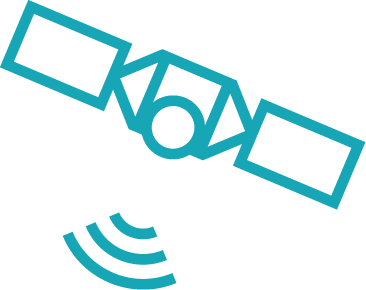Network of Networks
Whitepaper Preview:
In mid-2019, the total international bandwidth of the internet reached 466 terabits per second. It’s enough capacity to stream 1,000 feature films every second — and a mind-boggling number that is growing 28% per year. 1 It provides one very rough measure of the world’s endless thirst for connectivity. But when we say “the internet,” we are actually talking about a network of networks: thousands of individual service providers interconnecting their fiber and copper networks to exchange traffic. We are also talking about mobile connections to smartphones and tablets; about point-to-point microwave shots; and about satellite connections that may serve a single home or handle traffic for an oil platform, a 5,000-passenger cruise ship or even a small nation. The nature of communications today is hybrid. Multiple networks interconnect, each meeting a particular need and each with its own advantages, limits and complexities. In cities and suburbs, universities and corporate parks, users benefit from a density of choice. The conventional network offers copper, cable or fiber to residences and commercial buildings as well as mobile base stations that blanket the area, all automated based on common standards for moving data. But, as we move outward to rural lands and the world’s rivers and oceans, the choices grow fewer. When we must connect to things that move — ships, trains,
trucks and oil rigs — the choices narrow further. With less choice comes higher costs, less performance and, too often, the choice to do without the connectivity that can improve operations, boost profits, increase safety and even save lives.
Register to download the full whitepaper.
Get the Whitepaper
- Military-grade security. Using SIM authentication and E2E encryption, LTE offers superior security compared with Wi-Fi networks protected by only a password.
- One network for all apps. LTE integrates LPWAN technology for Internet of Things applications on the same radio and interfaces seamlessly with surrounding mobile networks.
- Wider and deeper coverage. LTE is capable of penetrating three more walls between the antenna and receiver than Wi-Fi and offers 4–100 times the range.
- More predictable performance for multiple users. Wi-Fi latency and jitter rise with the number of users, while LTE remains stable.



























